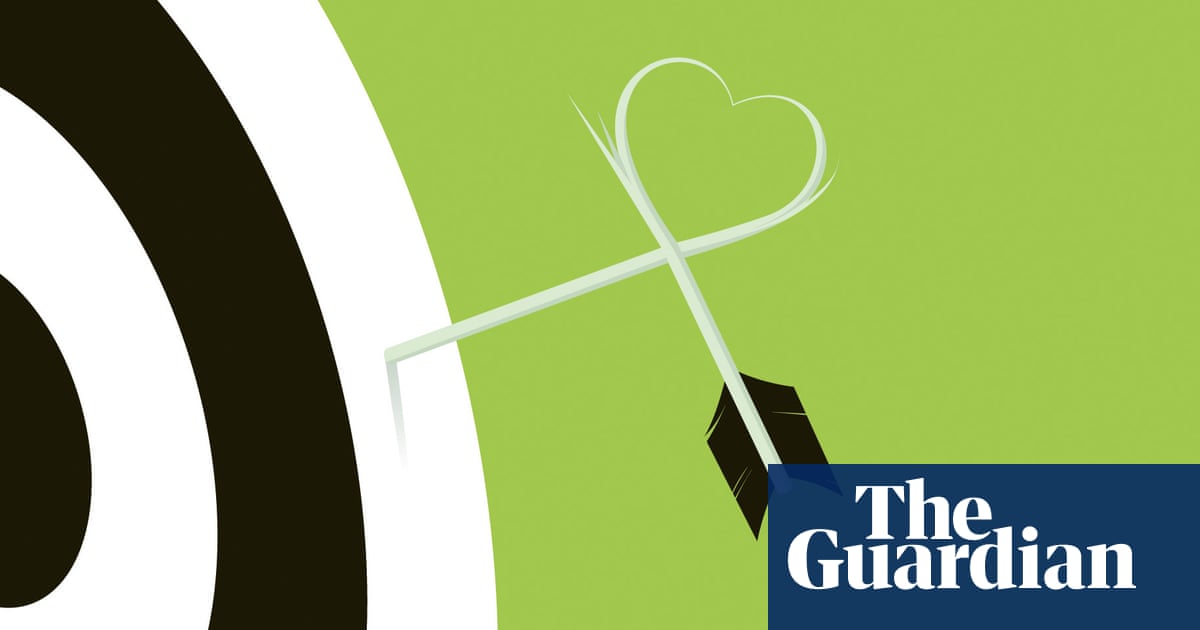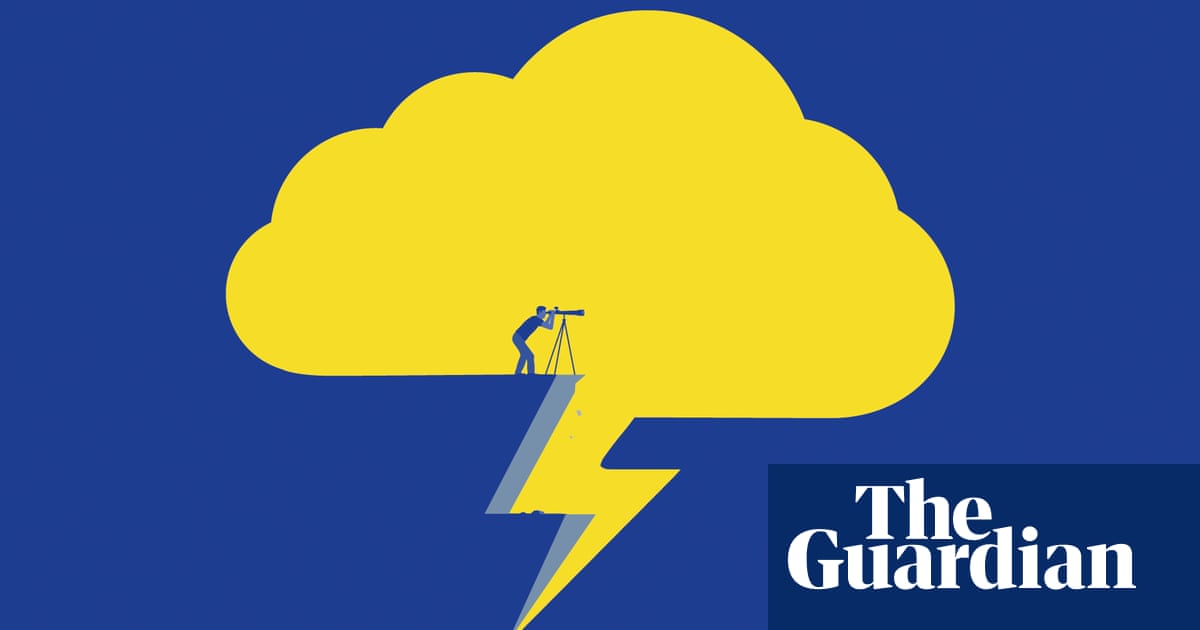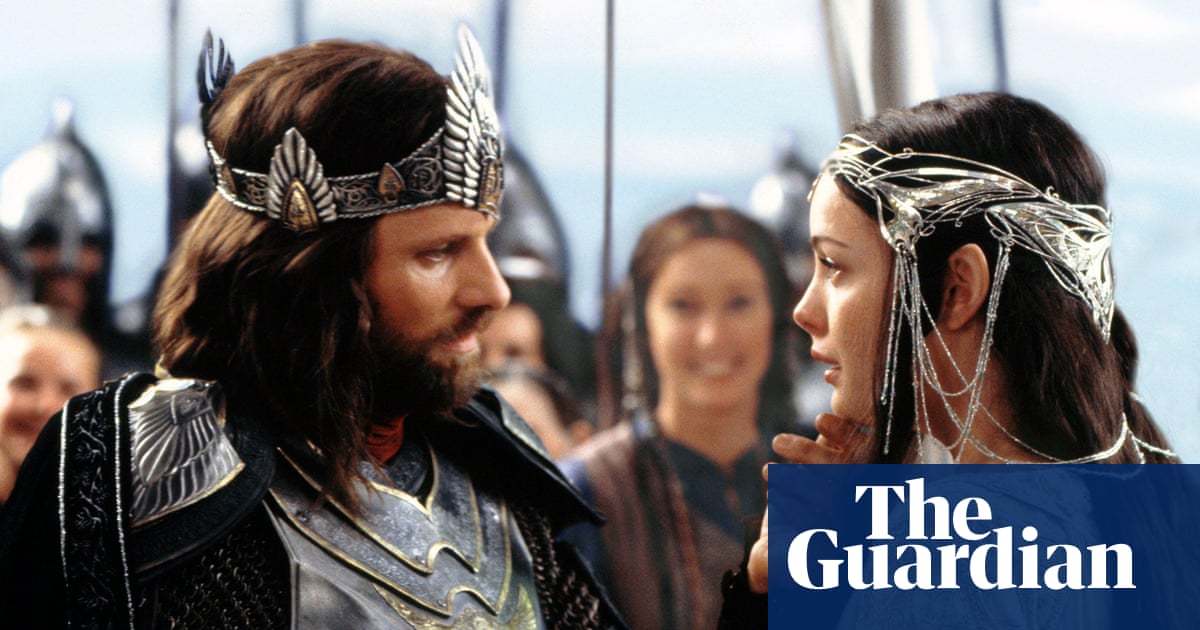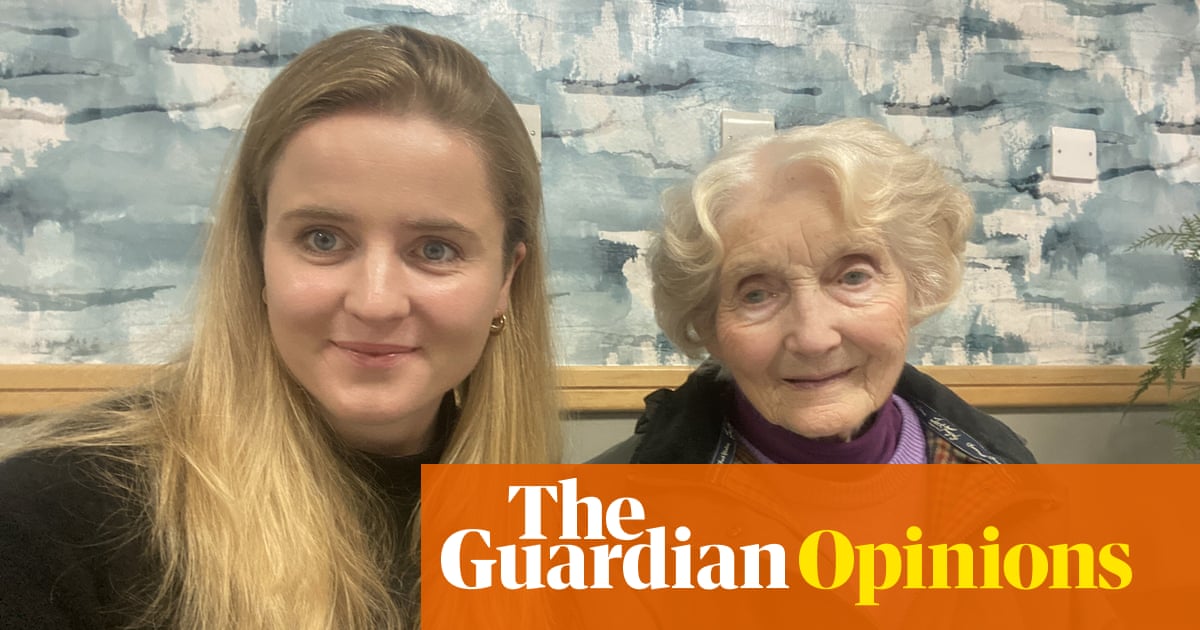
When you walk in the forest, breathe in the fresh air and notice how vibrant you feel. The oxygen entering your lungs is produced by photosynthesis, where plants turn light into chemical energy, at the same time drawing carbon dioxide from the atmosphere. The moisture cooling the air arises from transpiration by open leaves, which take up water from the soil via their roots. And the sweet scent that fills you with delight is a mix of volatile organic compounds that have evolved to attract pollinators and fend off herbivores. Now look deeply into the green, and notice that the trees are not alone. There are understory plants, mushrooms and birds.
Trees live amid an orchestra of organisms. Whispering, gossiping, eavesdropping, all working together in symphonic harmony. Recent research shows that trees are in constant communication with one another through an underground biological neural network made of mycorrhizal fungi. The fungi grow on the tips of the tree roots, and provide them with nutrients and water in exchange for photosynthetic energy. These fungi link the trees – whether of the same or different species – in a vast mycelial lattice. Resources are traded back and forth through the fungal connections, a movable feast that keeps the community thriving. Some of the transmitted compounds act as stress or defence signals, serving to bolster immunity against invading pests, with other warning signals also floating from tree to tree through the air.
The big trees look after the little ones by donating parcels of food and information, serving as “mother trees”. The survival of saplings is significantly enhanced when mother trees are nearby, and this advantage passes down through the generations. When the ancients are nearing death, they pull out all the stops, producing their last crops of cones and seeds and transmitting even more carbon and immune-boosting signals to the young.
With this new understanding, doesn’t the forest suddenly feel different? Like a society? Not just a collection of individual trees, as envisioned by the early foresters, but entwined, collaborative. A self-organising, resilient ecosystem. It is in these forests that birds and mammals flourish, a vast tonnage of carbon is stored, and water is cleansed. It is also where humans feel healthiest.
The importance of connection in nature is new to western science, but has long been known by indigenous peoples. Those parts of humanity that have forgotten the lessons of the forest must begin to relearn them. Subiyay, an elder of the Skokomish people from near Seattle, wrote that the way trees, animals and fungi work together “captures an important teaching for building alliances, communal strength, diversity and roles each member has in the web of the whole community”.
Indigenous ways of seeing the world as connected, that we are all one, embody a responsibility to care for Mother Earth. They counsel us to treat all creatures as kin. The First Nations people of coastal British Columbia cared for their salmon populations by harvesting only the salmon they needed, returning the fish remains to the streams and forests, and allowing the big fecund mothers to spawn upstream. This ancient fishery was regenerative. Once the mothers had laid their eggs and died, the bears and wolves carried the carcasses into the forest, where decaying flesh fed the trees. The trees, replete with salmon nitrogen, then fed the streams, enriching the spawning grounds, and eventually feeding people. Today’s fishery practices are exploitative, reducing populations to a fraction of those in precolonial times.
Those forests that are still under indigenous stewardship, however, remain healthy and biodiverse. According to the World Bank, indigenous peoples make up 5% of the world’s population while safeguarding 80% of the world’s remaining biodiversity and 50% of all intact forests. Indigenous forests are also the largest terrestrial storehouses of carbon. Harvests are selective, leaving the mother trees to nurture the forest. As the original stewards of the land, Indigenous peoples hold vital ancestral knowledge and expertise on how to conserve forests and regenerate those that are damaged.
Take another gulp of forest air. Something sinister lurks. You are standing in an industrial clearcut, a place where the land has been entirely stripped of old trees, the great mothers sent to the mills. Not only are there no leaves to sequester carbon, but the denuded land is emitting greenhouse gases from exposed soils.
You notice some of the planted trees in your clearcut are dying, unable to cope with increased heat and drought. Smoke rises across the hillside, with no lush plants or deciduous trees to douse the flames. The fire spreads to the next clearcut, and the next, until millions of hectares are burning. A town burns to its foundations. With the trees gone, the soil washes away in the autumn rains, the towns below are flooded, and people and animals die or are displaced by the thousands. This may sound like a dystopian vision, but it was what happened in British Columbia, where I live, in 2021.
Our forests are at a tipping point. In BC only 3% of the valley-bottom old-growth forests remain. At the current rate of harvest, they will be gone in a few years. The plan is to convert all old growth outside of protected areas into industrial plantations, which will be allowed to grow for only about 60 years before being cut down. The other major global forests – Amazon, Congo, Borneo, Indonesia, Canada, Russia – are also under grave threat.
It doesn’t have to be this way. We are fully capable of being better stewards of nature, with the harmonious operation of the natural forest as our model.
The first step is to reconnect with the natural world, viewing ourselves as partners, not dominators, and fulfilling our responsibilities to look after each other, our non-human kin, and the planet. Once we see ourselves as interdependent with the trees and bears, it will be easier to stop the exploitation.
Second, we must stop converting natural forests into industrial plantations or agricultural land, and demand that existing plantations should be allowed to revert. A plantation has about as much biodiversity and stores as much carbon as a single-species wheat field. Ending global deforestation by 2030 as promised at Cop26 is a good first step – but the pledge needs to include ending industrial forestry practices, too. A society that wants cheap stuff has to understand that this comes at a cost to life on Earth.
Third, we need climate policies that put as much emphasis on protecting forest carbon sinks and preventing greenhouse-gas emissions from logging as they do on preventing fossil-fuel emissions. Emissions from dying forest sinks exceed all sectors in British Columbia, including oil and gas, and compound the climate jeopardy.
Subiyay said: “Together we are stronger.” Let’s listen to his wisdom and learn from the mother trees, ensuring our young live good lives by reviving the nature that surrounds them.
Suzanne Simard is a professor of forest and conservation sciences at the University of British Columbia, and the author of Finding the Mother Tree.
Further reading
Braiding Sweetgrass: Indigenous Wisdom, Scientific Knowledge and the Teachings of Plants by Robin Wall Kimmerer (Penguin, £9.99)
The Overstory, Richard Powers (Vintage, £9.99
Entangled Life: How Fungi Make Our Worlds, Change Our Minds, and Shape Our Futures by Merlin Sheldrake (Vintage, £10.99)












